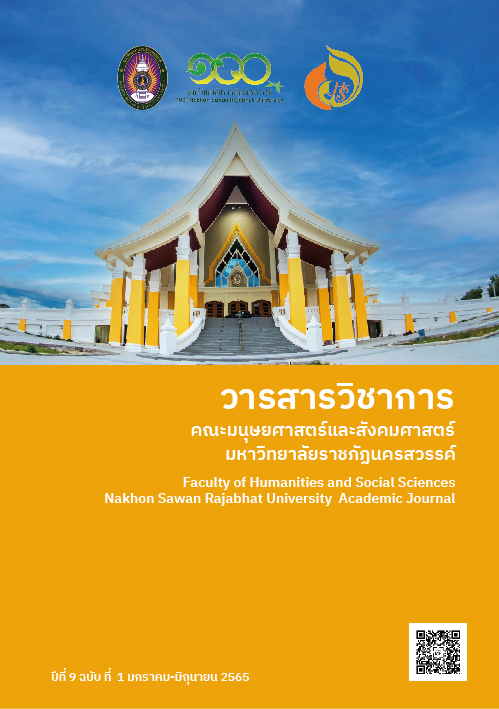Language Learning Strategies in the Writing Process: a Case Study of Thai EFL Learner
Main Article Content
Abstract
This research aims to investigate language learning strategies used by Thai learners of English in each stage of writing tasks. The participant in this study was a Thai EFL learner. The instrument employed to collect data is writing tasks and interview questions. The data was analyzed based on three classifications which were metacognitive strategies, social and affective strategies, and cognitive strategies. The results revealed that Metacognitive strategies were mostly employed in the pre-task stage, Social Affective Strategies equally appeared in the pre-task and during-task the most often while Cognitive Strategies were most preferred in the during-task moment.
Article Details

This work is licensed under a Creative Commons Attribution-NonCommercial-NoDerivatives 4.0 International License.
References
Galbraith, D.& Rijlaarsdam, G. (1999). Effective strategies for the teaching and learning of writing. Learning and instruction, 9(2), 93-108.
Chamot, A. (1987). The learning strategies of ESL students. In Wenden, A. and J. Rubin(eds.) Learner
strategies in Language Learning. Englewood Cliff, N.J.: Prentice Hall.
Chamot, U., & Kupper, L. (1989). Learning strategies in foreign language instruction. Foreign language
annals, 22(1), 13-22.
Chenoweth, N. A. (1987). The need to teach rewriting. ELT journal, 41(1), 25-29.
Grabe, W. & Kaplan, R. (1999). The writing courses. 172-97 in J. F. Lee and B. Vanpatten, (eds.), Beyond
methods: Components of second language teacher education. New York: McGraw- Hill.
Kellog, R. (1994). The psychology of writing. New York: Oxford University Press.
Khaldieh, S. (2000). Learning strategies and writing processes of proficient vs. less proficient learners of
Arabic. Foreign Language Annals, 33: 522-534.
Little, D. (2007). The Common European Framework of Reference for Languages: Perspectives on the making of supranational language education policy. The Modern Language Journal, 91(4), 645-655.
O’Malley, J. M., & Chamot, A. U. (1990). Learning strategies in second language acquisition. Cambridge university press.
Oxford, R. 1990. Language learning strategies, what every teacher should know. New York: Newbury House Publishers.
Oxford, R. L. (1994). Language learning strategies: An update. ERIC Clearinghouse on Languages and Linguistics, Center for Applied Linguistics.
Patton, M. Q. (1990). Qualitative evaluation and research methods (2nd ed.). Newbury Park, CA: Sage
Richards, C., & Nunan, D. (Eds.). (1990). Second language teacher education. Cambridge University Press.
Scardamalia, M., & Bereiter, C. (1987). Knowledge telling and knowledge transforming in written composition. Advances in applied psycholinguistics, 2, 142-175.
Susser, B. (1994). Process approaches in ESL/EFL writing instruction. Journal of Second Language Writing, 3(1), 31-47.


